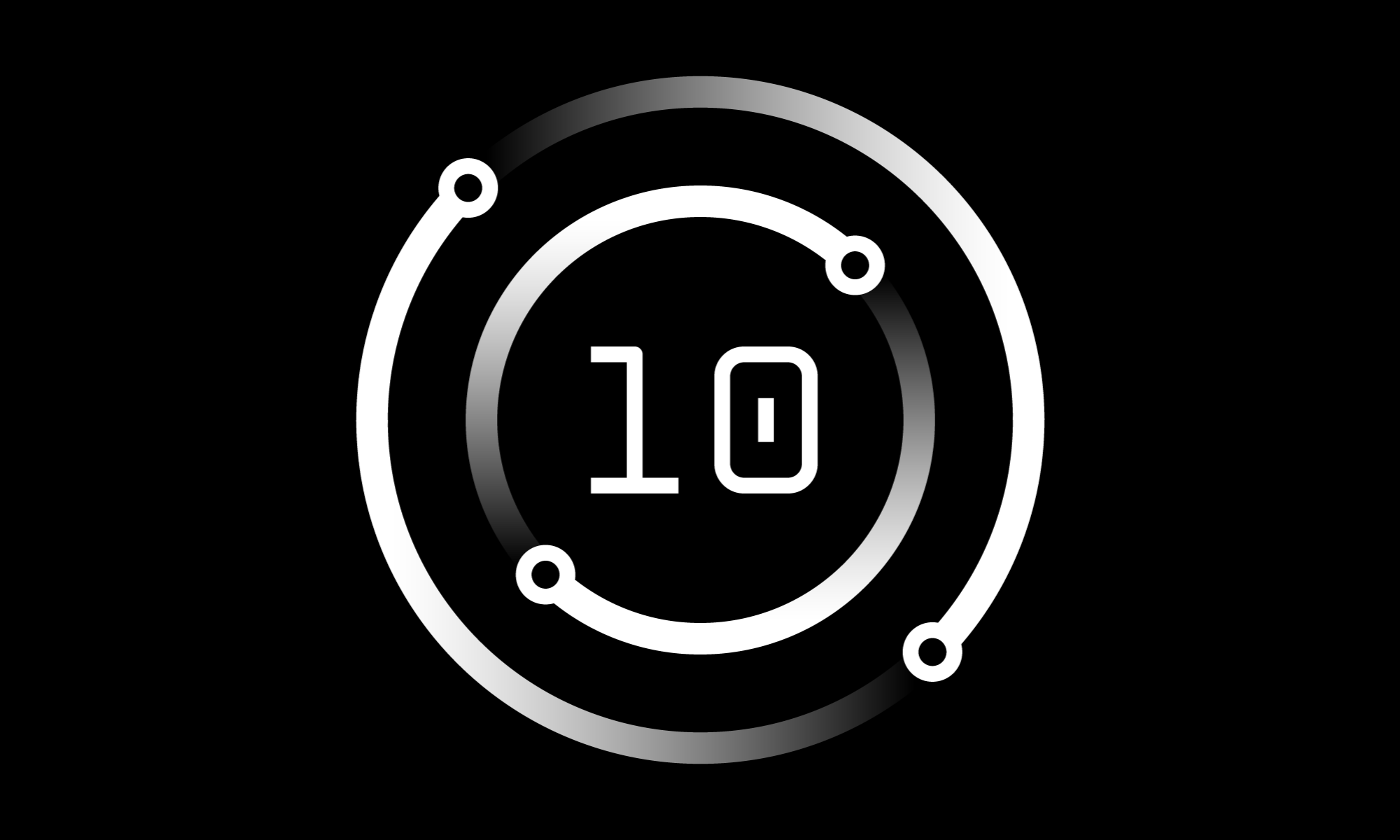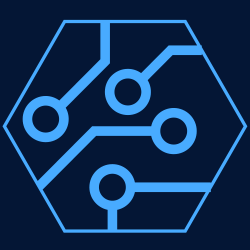Very sad news this morning. #IBM sunsets the IBM Redbooks organization. Imagine, it was established in early 60’s and successfully run till today. I had pleasure to be part of multiple projects, and met several great people. #ByeIBMRedbooks #IBMi #AIX #LINUX #IBMRedbooks pic.twitter.com/zOSWL7Y1vv
– Bart G (@gira79)00:55 – Oct 29, 2021


